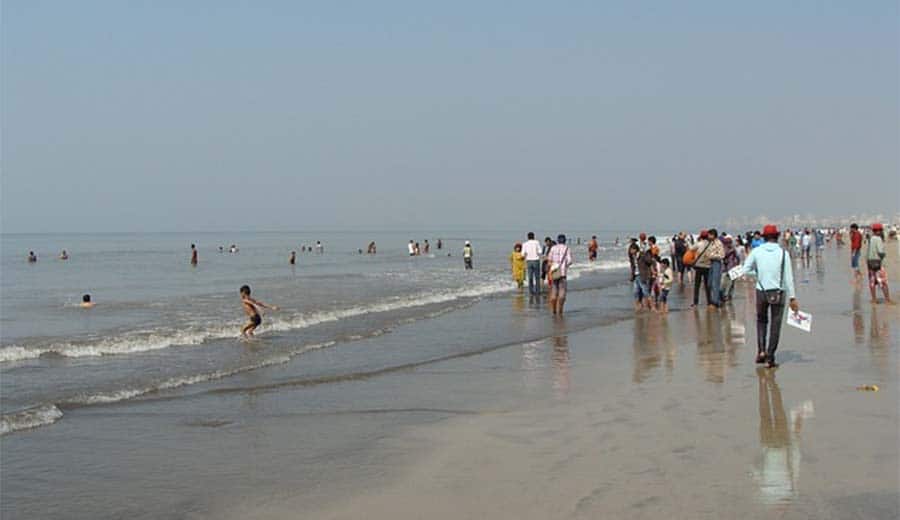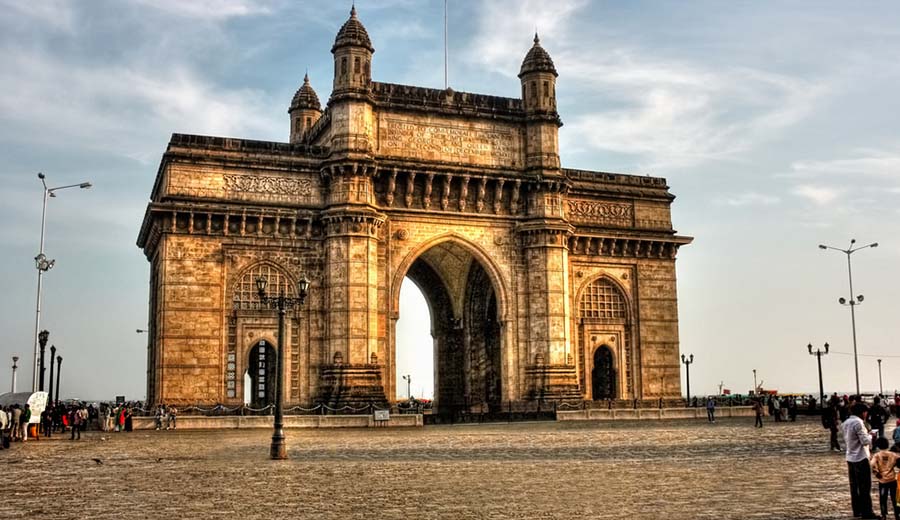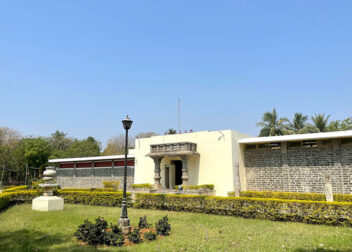Elephanta Caves
The Elephanta Caves are a UNESCO World Heritage Site located on the Elephanta Island, about 10 kilometers east of Mumbai, India. These caves are a collection of ancient rock-cut temples and caves dating back to the 5th to 8th centuries CE, and are known for their intricate carvings, sculptures, and architecture.
The Elephanta Caves are believed to have been created during the rule of the Kalachuri dynasty, who were followers of the Shaiva sect of Hinduism. The caves are dedicated to Lord Shiva and contain many sculptures and depictions of the deity.
The most famous structure at the Elephanta Caves is the Trimurti, a three-headed sculpture of Lord Shiva that is about 20 feet tall. The sculpture is situated in the main cave or the Great Cave, which is the largest of the caves on the island. The Great Cave also contains numerous other carvings and sculptures, including depictions of Shiva as Nataraja, the cosmic dancer, and various other gods and goddesses.
Apart from the Great Cave, there are six other caves on the island that are open to visitors. These include smaller shrines and temples, as well as living quarters for the monks who are believed to have lived on the island.
The Elephanta Caves are an important cultural and historical site in India, and attract visitors from all over the world. They provide a glimpse into the rich cultural heritage of India and the incredible skills of the ancient craftsmen who built them.
How will you gain access?
There are regular launch and ferry services from the Gateway of India, Mumbai to take you to the Elephanta Island, except during the monsoon season. The boat takes mere 15 minutes to reach Elephanta Island. Mumbai has both international and domestic airports. The city also has an excellent network of railways.
What are the timings and the entry charges?
The Elephanta Caves are open from 09 hours to 17 hours except for Mondays. For Indians above 12 years, the entry fee is Rs. 5.00 and for the foreign nationals, the fee is the US $10.
History
The history of the Elephanta Caves dates back to the 5th to 8th centuries CE, during the rule of the Kalachuri dynasty. The caves were likely created as a place of worship and spiritual retreat for the followers of Shaivism, a major sect of Hinduism that venerates Lord Shiva as the Supreme Being.
The origin of the name “Elephanta” is not clear, but it is believed that the island was named after a large stone elephant that once stood at the entrance of the island, but has since been removed.
The caves were first mentioned in historical records in the 16th century by Portuguese explorers who discovered the island. The Portuguese named the island “Elephanta” and claimed it as their own, using it as a strategic location for naval operations.
In the 18th century, the British East India Company took control of the island and began conducting archaeological excavations of the caves. The British removed several sculptures and artifacts from the caves, which are now displayed in museums around the world.
In 1987, the Elephanta Caves were declared a UNESCO World Heritage Site, recognizing their cultural and historical significance. Since then, the Indian government has taken steps to preserve and restore the caves, including the installation of new lighting, walkways, and other amenities for visitors.
Today, the Elephanta Caves continue to be an important site for pilgrimage, tourism, and cultural education, attracting visitors from around the world who come to marvel at the intricate carvings, sculptures, and architecture of these ancient temples.
What goes behind the architecture?
The rock-carved temples of Elephanta are very rich in their sculptural composition. The temples were cut out of rocks to create columns, internal spaces, and images. The entire temple is in the form of a huge sculpture that is provided with corridors and chambers. The whole temple complex is spread over an area of 60,000 sq feet. The temple complex consists of a main and two lateral chambers, courtyards, and numerous subsidiary shrines. The temple has three entrances. The axis of the temple is lined with a 20-pillar hall. On the western end of the hall is enshrined a Shivalingam. At the end of the north-south axis is carved the Sadasiva manifestation of Lord Shiva. This colossal 20-feet high image of Shiva is known as Trimurthy meaning three-headed idol. There are gigantic sculptured images of Kalyanasundaram, Gangadhara, Ardhanariswara, and Uma Maheswara on the southern wall.
What are the nearby attractions?
Juhu Beach

Juhu Beach is located 18 km north of the city center. It is located on the shores of the Arabian Sea and attracts tourists and picnickers in huge number both from India and abroad. Numerous food stalls, selling the very popular Bhelpuri, line the beach. It makes a fabulous jogging ground for the locals.
Gateway of India

The Gateway of India lies at a distance of 10 km from Elephanta Island. The gigantic archway is built in yellow basalt and is a creation of designer George Wittet’s mind. It was erected to commemorate the visit of King George V and Queen Mary to the city of Mumbai.
Colaba Causeway:
Located in South Mumbai, this vibrant street market is a shopper’s paradise. You can find everything from clothes and jewelry to handicrafts and souvenirs.
Chhatrapati Shivaji Terminus:
This historic railway station in Mumbai is a UNESCO World Heritage Site and is a great example of Victorian Gothic architecture.
Marine Drive:
Also known as the Queen’s Necklace, Marine Drive is a 3-kilometer long promenade along the coast of Mumbai. It’s a great spot for a scenic walk or to watch the sunset.
Haji Ali Dargah:
This famous mosque is located on a tiny island off the coast of Mumbai and is accessible via a causeway. It’s a popular pilgrimage site and attracts visitors from all over the world.
Sanjay Gandhi National Park:
Located on the outskirts of Mumbai, this nature reserve is a great place for a day trip. It’s home to a variety of wildlife, including leopards, and has several hiking trails.
Kanheri Caves:
These ancient Buddhist caves are located inside the Sanjay Gandhi National Park and date back to the 1st century BC. They feature intricate carvings and sculptures.
Which are the nearby hotels?
Accommodation is no big issue as the city of Mumbai lies in the vicinity. There are accommodations available ranging from 5-star deluxe to low-budget hotels. The Tajmahal(32 km from airport), the Resort(21 km from airport), Hotel President(30 km from airport), and the Oberoi Tower(23 km from airport) are a few of the 5-star deluxe hotels. Sun N Sand(a 10-minute drive from the airport), Sea Princess(8 km from the airport), and Le Royal Meridien( very close to the airport) are the popular 5-star hotels. The budget hotels include names like Hotel Heritage, the Residency, Hotel Grand, and Hotel Midland.
Where should you shop?
Shopping in Mumbai can prove to be a lifetime experience. There are a number of market complexes and shopping malls all over the city. The Chor Bazar, Mutton Street, and the Zaveri Bazar are among the popular shopping zones. At Chor Bazar, one can find items ranging from antiques and jewelry to wooden articles and leather goods. Crawford market is very popular for flowers, fruit, meat, and fish.



